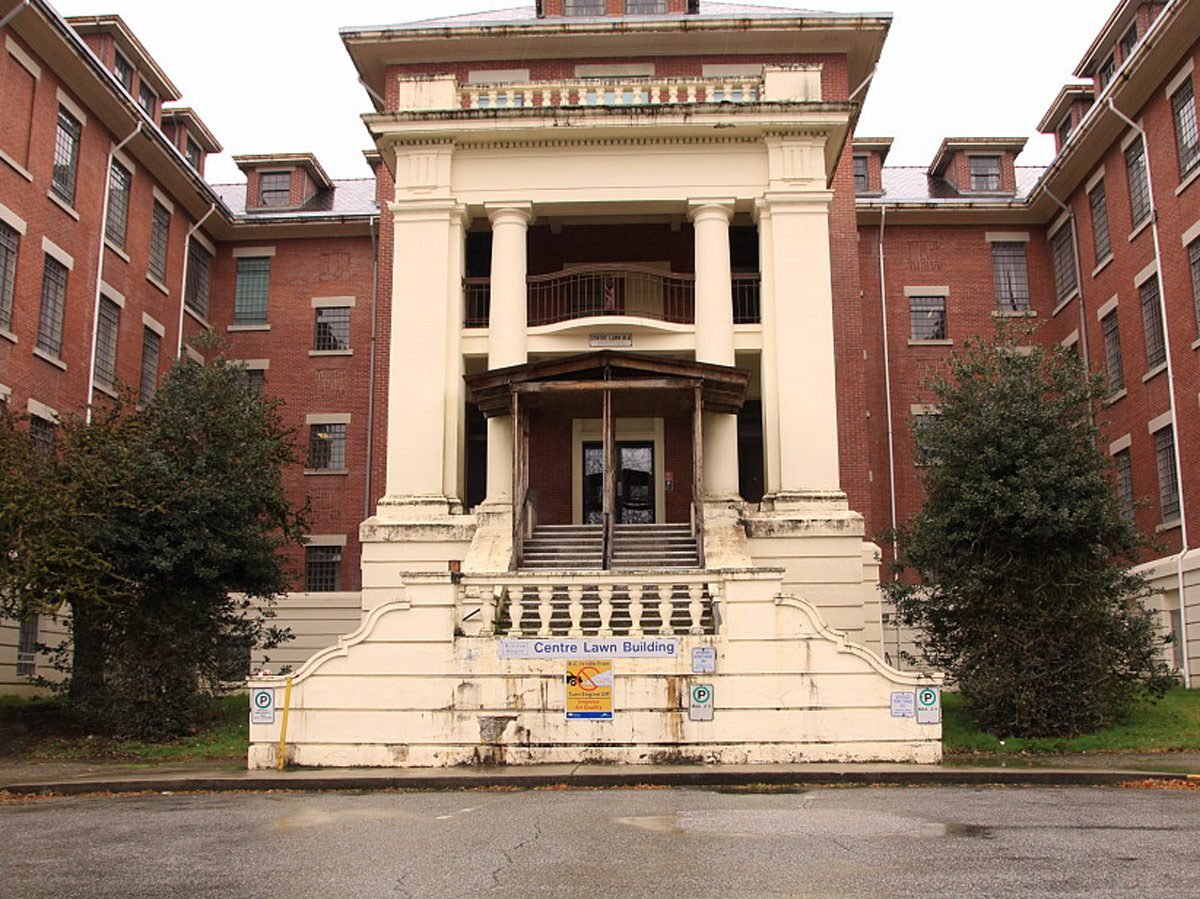
British Columbia: Canada’s most in-demand filming location
The Pacific Province is home to many of the country’s most visually stunning locations, including an abandoned psychiatric institution that can be spotted in some of your favourite films and television shows. First opened in 1913, the Riverview Hospital in Coquitlam once housed the province’s most psychologically disturbed male patients until it was fully decommissioned in 2010. Riverview’s eerie interiors—the hospital’s early history of inhumane medical practices have given rise to rumours that it’s haunted—and striking exteriors have been the backdrop in productions like Deadpool 2, The X-Files and Riverdale.
Check out more of Canada’s most haunted places.
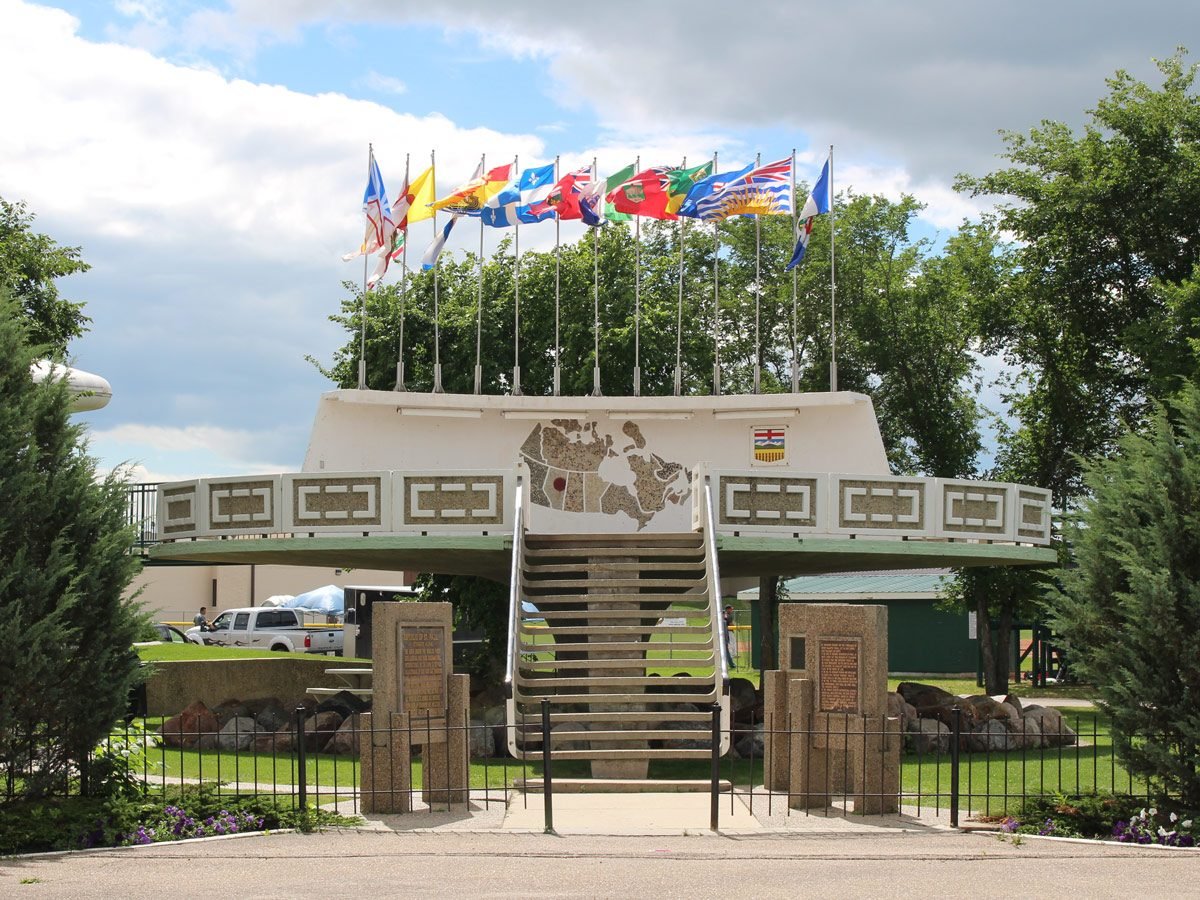
Alberta: Welcome to Earth
Built as part of the country’s centennial celebration in 1967, the town of St. Paul is home to an official UFO landing pad. Canada’s then-Minister of National Defence, Paul Hellyer, even flew in by helicopter to officially inaugurate the structure. (Hellyer has long been outspoken in his personal belief of the existence of extraterrestrial life.) The landing pad weighs about 130 tonnes and contains a time capsule that’s set to be opened in 2067, the 100-year anniversary of the pad’s founding. A saucer-shaped museum—opened near the pad in the 1990s—continues to operate to this day.
Explore more hidden gems across Canada.
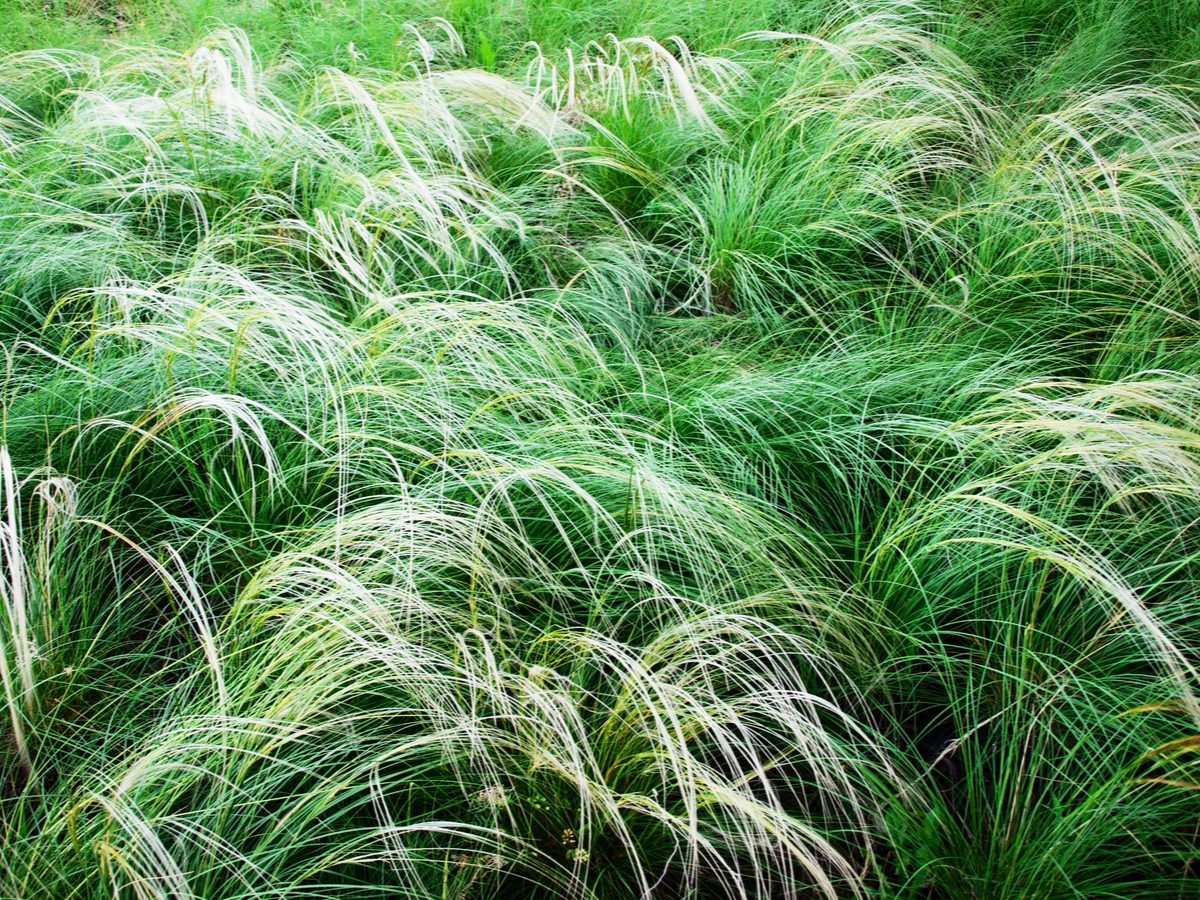
Saskatchewan: Where the grass is greener
In addition to Saskatchewan’s official flower (the western red lily), official bird (the sharp-tailed grouse) and official sport (curling), the Wheat Province has also designated an official grass. In 2001, needle-and-thread grass was deemed Saskatchewan’s signature greenery. A native bunchgrass, seed stalks sometimes reach a whopping four feet in height!
Check out more mind-blowing facts about Canada.
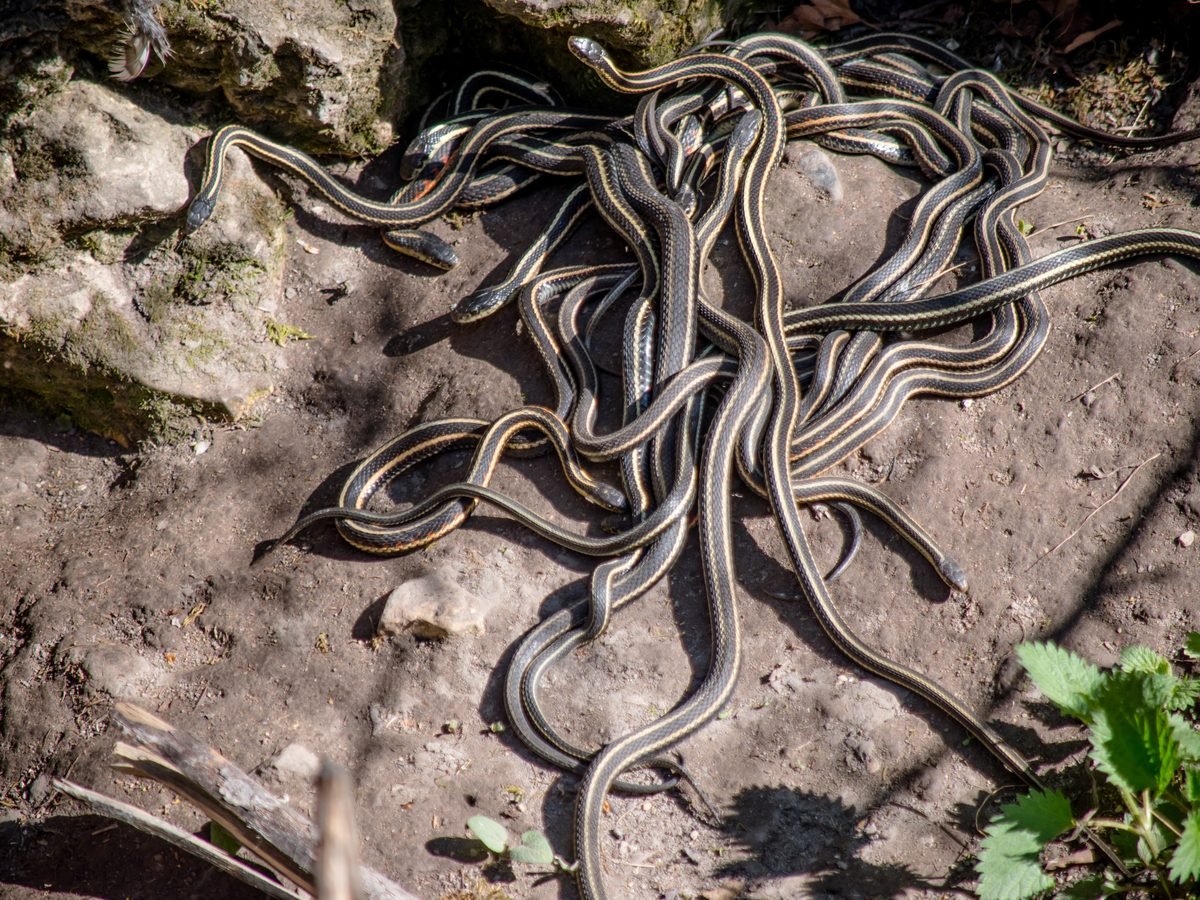
Manitoba: Mating season for snakes
Each spring, tens of thousands of red-sided garter snakes wake from their winter slumber and congregate in the Narcisse Snake Dens with only one thing in mind: procreation. In the early 2000s, the area’s snake population—located in the rural municipality of Armstrong—was critically low. To combat the problem, snake-crossing tunnels were dug under the region’s roads to lead the slithery serpents into the wildlife reserve. Surprisingly, mating season in the Narcisse Snake Dens has become a popular tourist attraction—each year, tourists visit to bear witness to the wild mating party.
Discover the 10 places in Canada every Canadian should visit.

Ontario: Thou shalt not make loud noises
Thirty years ago, the town of Petrolia introduced a bylaw to lower noise levels. As a result, yelling, shouting, whistling and singing was prohibited. Though it might sound strange in hindsight, Brad Loosley, the former town clerk who authored the law, maintains that it made perfect sense. “At that time, they were having trouble with house parties and noise,” Loosley, now the mayor of Petrolia, said to the Observer in 2015. “The police even sent a letter in support.” The noise bylaw was updated in 2009: currently, a $250 fine is in place for anyone who yells, shouts or whistles “for the purposes of selling or advertising.”
From “Snafu” in the Yukon to Newfoundland’s “Happy Adventure,” these funny Canadian town names often have fascinating origins.
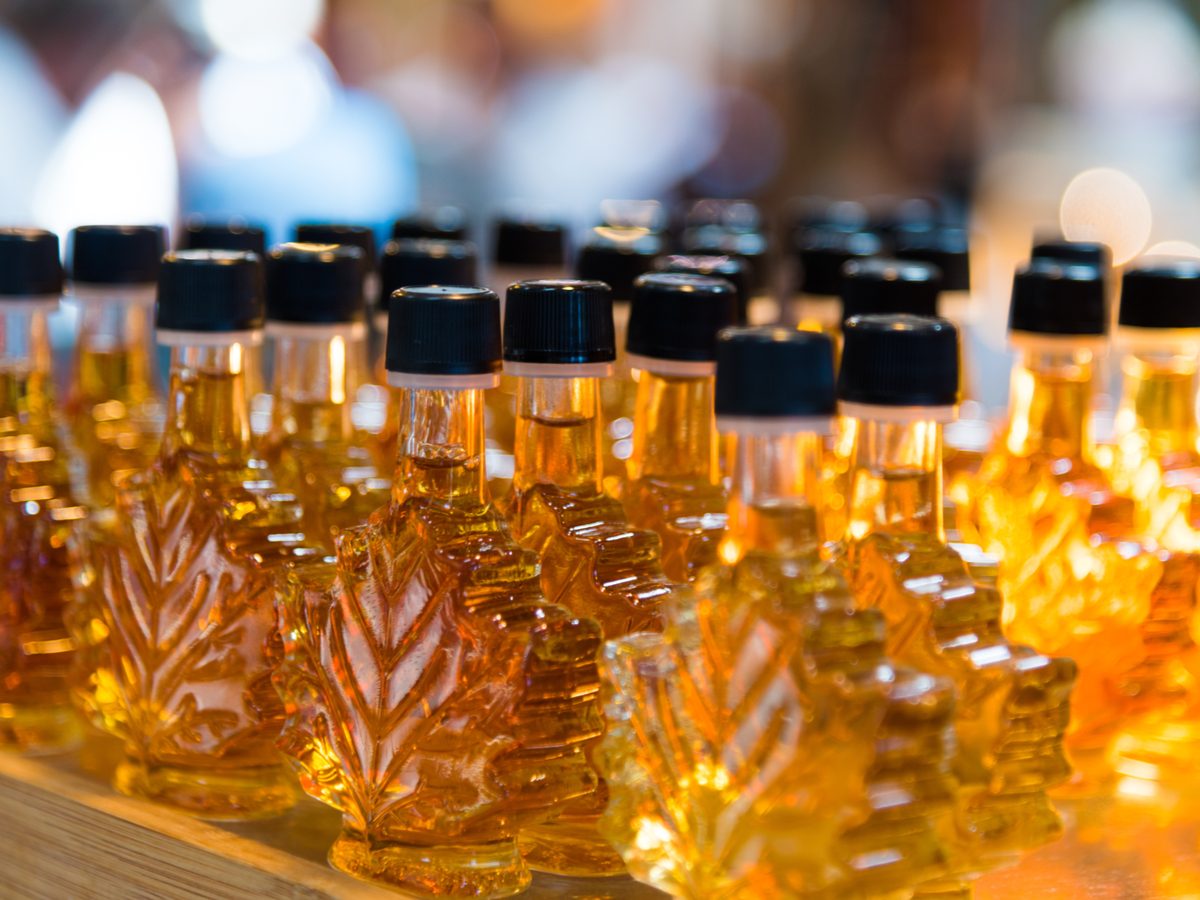
Quebec: The great Canadian maple syrup heist
Between 2011 and 2012, nearly 3,000 tonnes of maple syrup—valued at $18 million—was stolen from a storage facility in Saint-Louis-de-Blandford, Quebec. The mastermind behind the sticky operation, Richard Vallieres, was given an eight-year sentence and a $9.4 million fine in 2017, according to the Toronto Star; two other men were each given two-year jail terms. Thankfully, the stolen amount comprised barely one-tenth of Quebec’s maple syrup reserves. The heist was featured in an episode of the Netflix docuseries Dirty Money in 2018.
Don’t miss this roundup of the most Canadian headlines of all time.

New Brunswick: Gravity hill
An ordinary hill in Moncton has been baffling tourists for decades. Put your car in neutral at the bottom of the hill and you’ll see that it’s moving backwards—uphill. Magic? Not really. “Gravity hills” refer to any place where the surrounding landscapes and lack of horizon produces an optical illusion, making a slight downhill slope appear to be on an incline. Simply put, bikes and cars that appear to be rolling uphill are actually rolling downhill—just as nature intended.
Find out more incredible facts about Canada’s most famous landmarks.
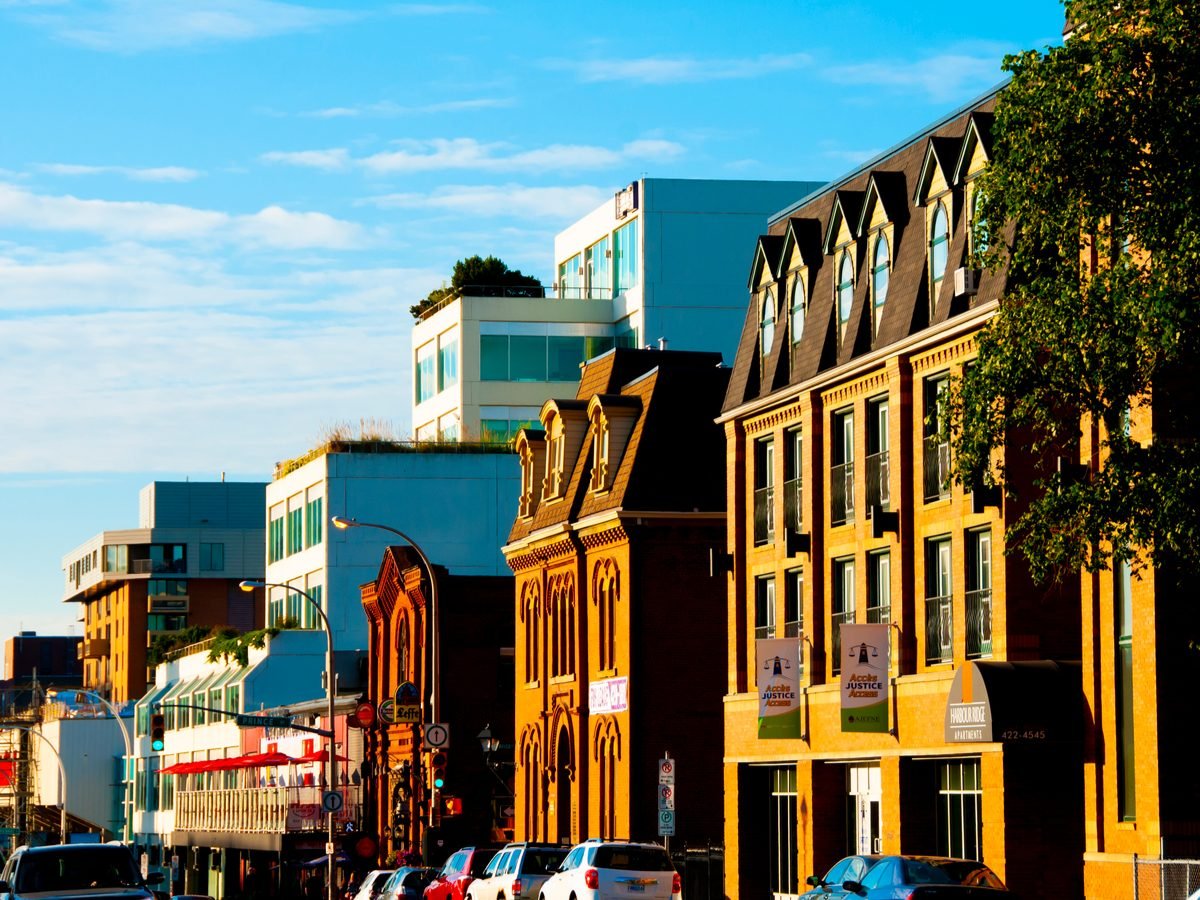
Nova Scotia: Life of the party
For many years, Halifax was undisputedly party central, boasting more bars per capita than any other city in Canada. Halifax weekly The Coast later proved the moniker in 2011: for every 1,000 people in Halifax, there were 2.3 drinking establishments. (For reference, Toronto had 1.5 during the same time period.) In recent years, St. John’s has threatened to take the crown, leaving Halifax only one choice: to step up its game.
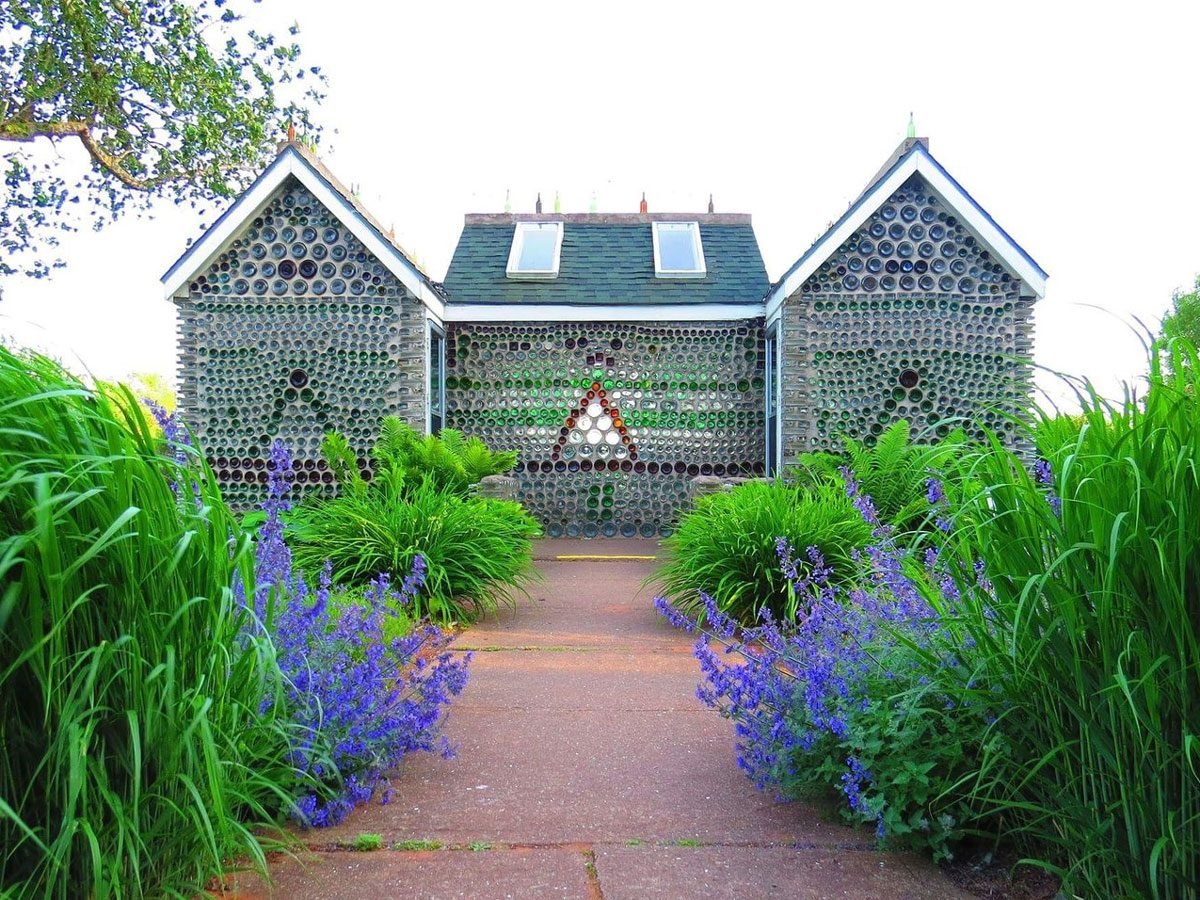
Prince Edward Island: Recycled beauty
In 1979, Édouard Arsenault received a card from his daughter, Réjeanne, depicting a glass castle. Inspired, the 66-year-old began collecting and cleaning glass bottles and, from 1980 to 1984, cemented over 25,000 recycled bottles together to create the Bottle Houses village in Wellington. The village features a six-gabled house (pictured) made up of roughly 12,000 bottles, a tavern made up of 8,000 bottles, and a chapel made up of 10,000 bottles.
These other famous Canadian homes are worth adding to your bucket list.
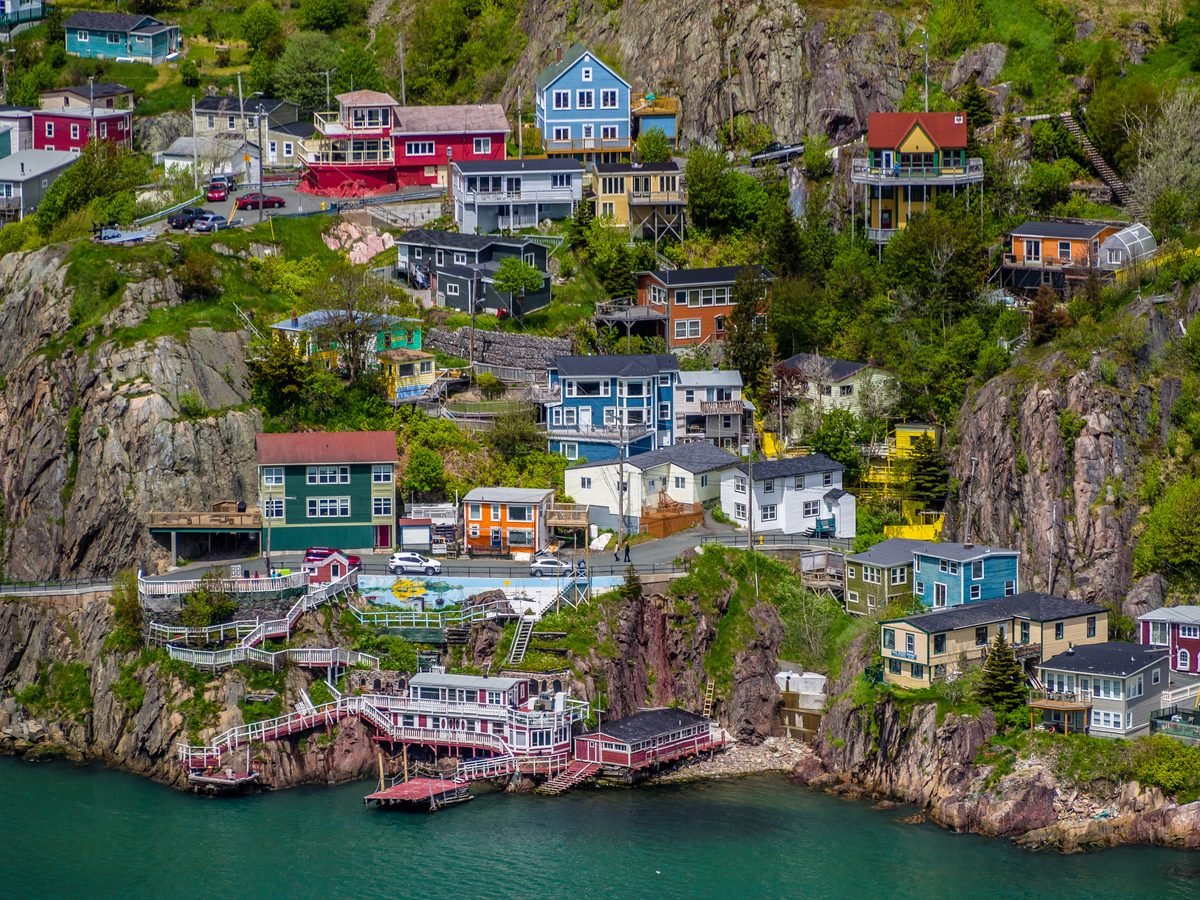
Newfoundland and Labrador: Join the club
Newfoundland was actually a longtime holdout to joining the Canadian Confederation—it only became the country’s 10th province on March 31, 1949. (Alberta and Saskatchewan both joined 44 years earlier in 1905.) Before that, Newfoundland operated as an independent nation; attempts to integrate it with the rest of Canada was reportedly received with lukewarm interest within the province. In 2001, the province’s name was officially changed to Newfoundland and Labrador.
Learn the story behind the distinct language of Newfoundland.
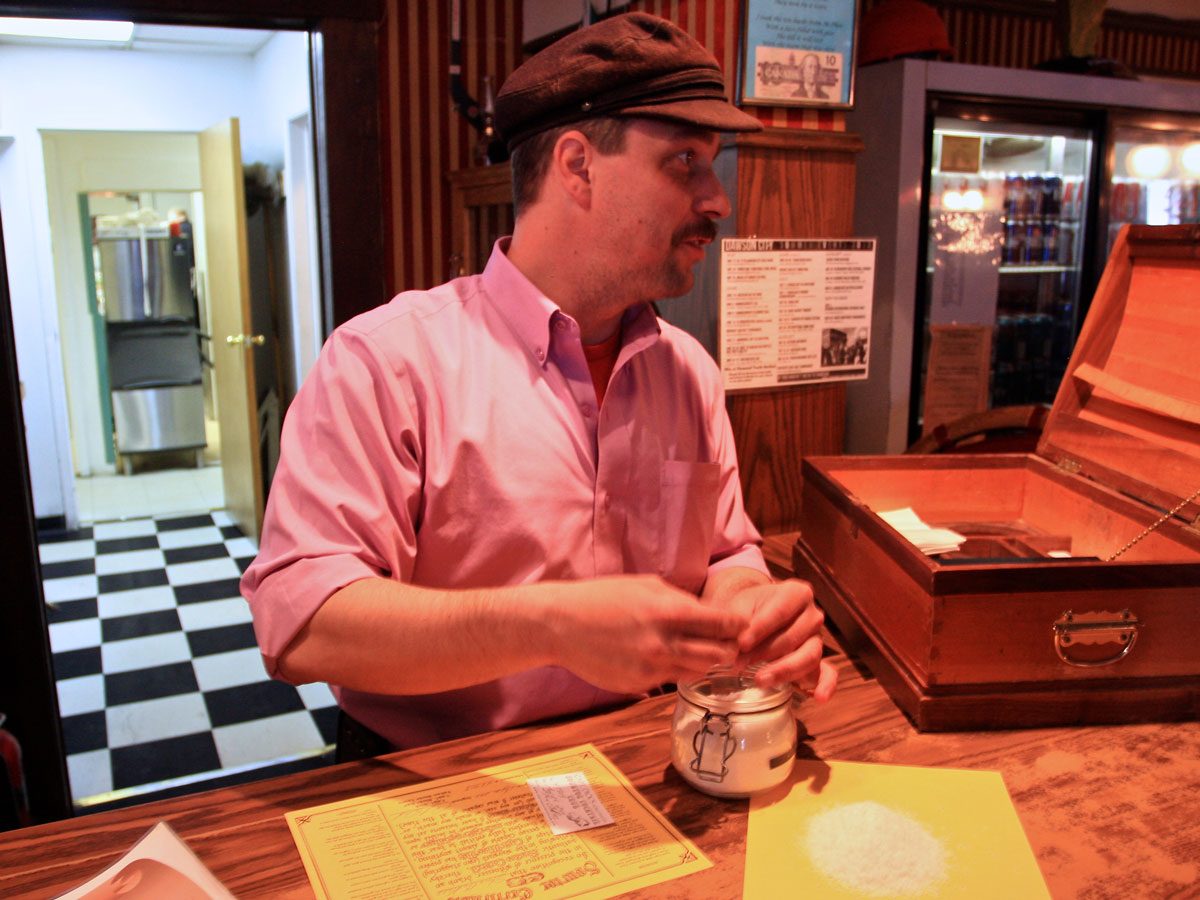
Yukon: A very special cocktail
Dublin has Guinness, Havana has the mojito and Dawson City has the Sourtoe Cocktail. The recipe is simple: a shot of whiskey—preferably Yukon Jack—served with a mummified human toe. Yes, you read that correctly. Legend has it that in the 1920s, a bootlegger named Louie Linken was caught in a blizzard. To prevent gangrene, his brother Otto used an axe to chop off his toe. In 1973, Captain Dick Stevenson, the drink’s inventor, claims to have found the jar containing the toe in a remote cabin. Visitors to Dawson City can order the cocktail at the Sourdough Saloon—the original toe is no longer around, but luckily, seven more toes have been donated to the bar. Bottoms up!
For more conventional fare, check out our countdown of 10 iconic Canadian dishes—and the best places in the country to find them.
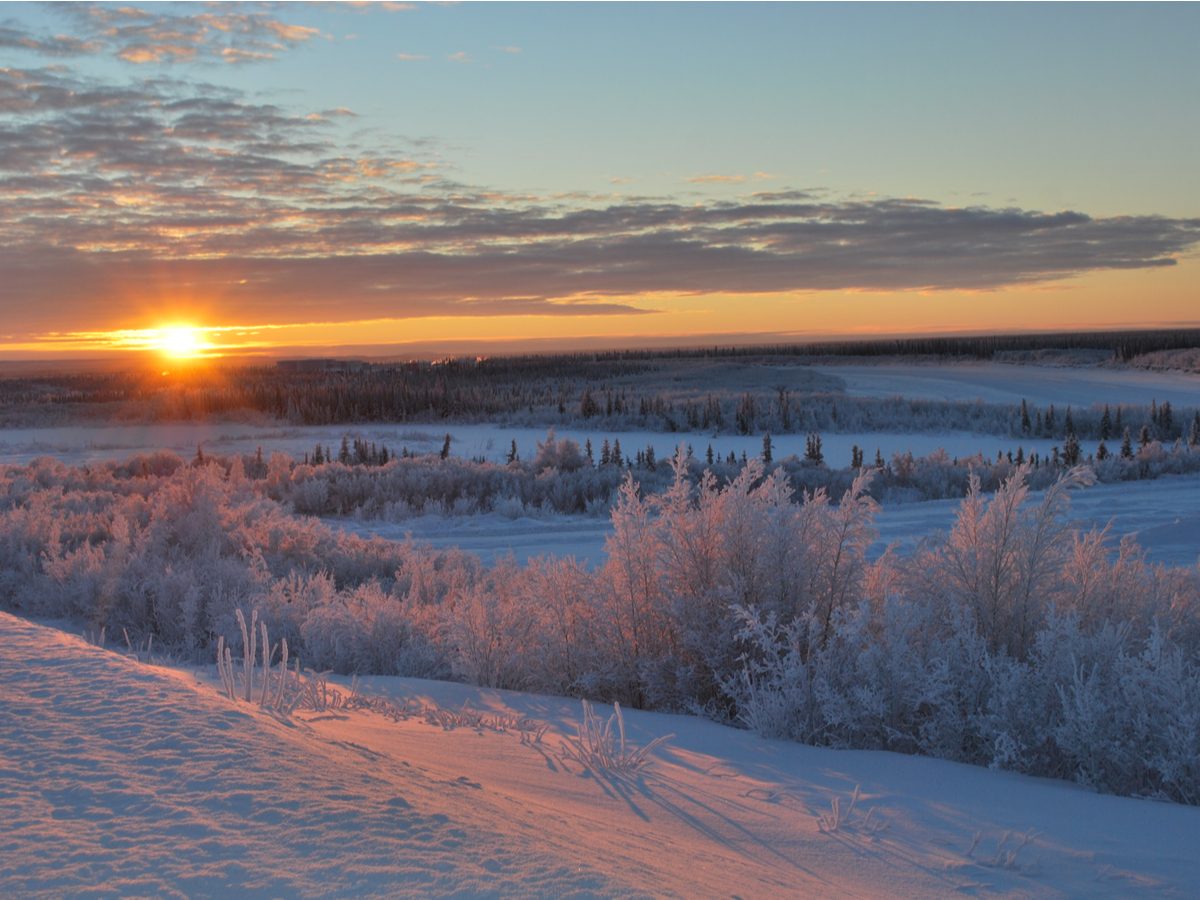
Northwest Territories: “The Mad Trapper of Rat River”
In 1931, native trappers in Fort McPherson complained to Mounted Police that someone had been tampering with their traps. All signs pointed to Albert Johnson, a new resident who mostly kept to himself. When authorities paid a visit to his secluded cabin, Johnson responded by opening fire and wounding one of the officers. The cops’ plan for retaliation? Blow the cabin up with dynamite. Somehow, Johnson survived the explosion, and proceeded to lead the police on a 240-kilometre-long manhunt across the frozen wilderness. The chase ended 40 days later, when police hired a small plane to shoot Johnson down from a sheer cliff that he reportedly scaled by hand.
Can’t get enough crazy Canadian history? Find out about the year Canada didn’t have a summer.
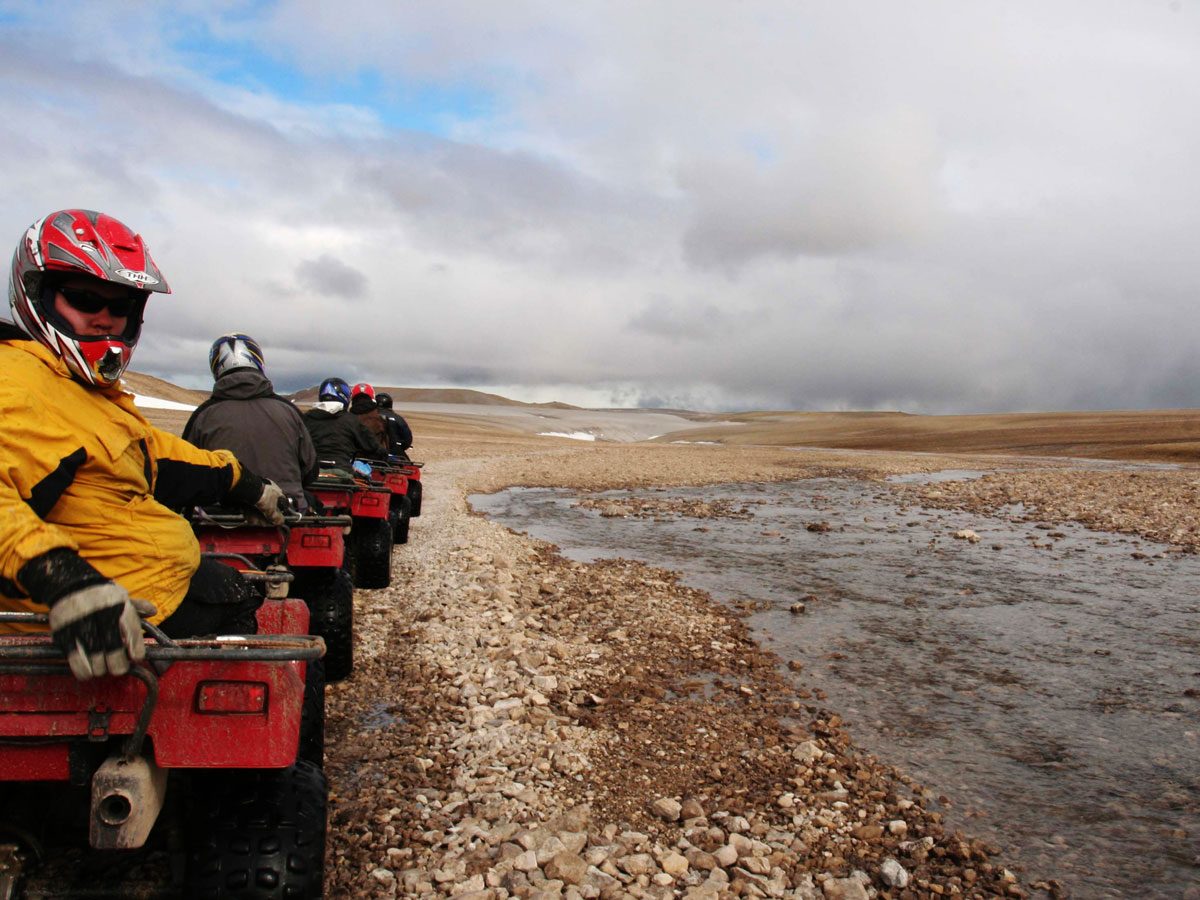
Nunavut: Life on Mars?
The Haughton Crater, located in Devon Island is widely regarded as the closest approximation to the environment of Mars that can be found on Earth. The crater was made when a large rock collided 23 million years ago, and little has changed since: The freezing, desert-like landscape has experienced minimal erosion due to a lack of liquid water and vegetation. Beginning in 1997, the location became the base of the Haughton-Mars Project, where training astronauts conduct dry-runs for future Mars missions.
Next, check out the most quirky roadside attractions across Canada.